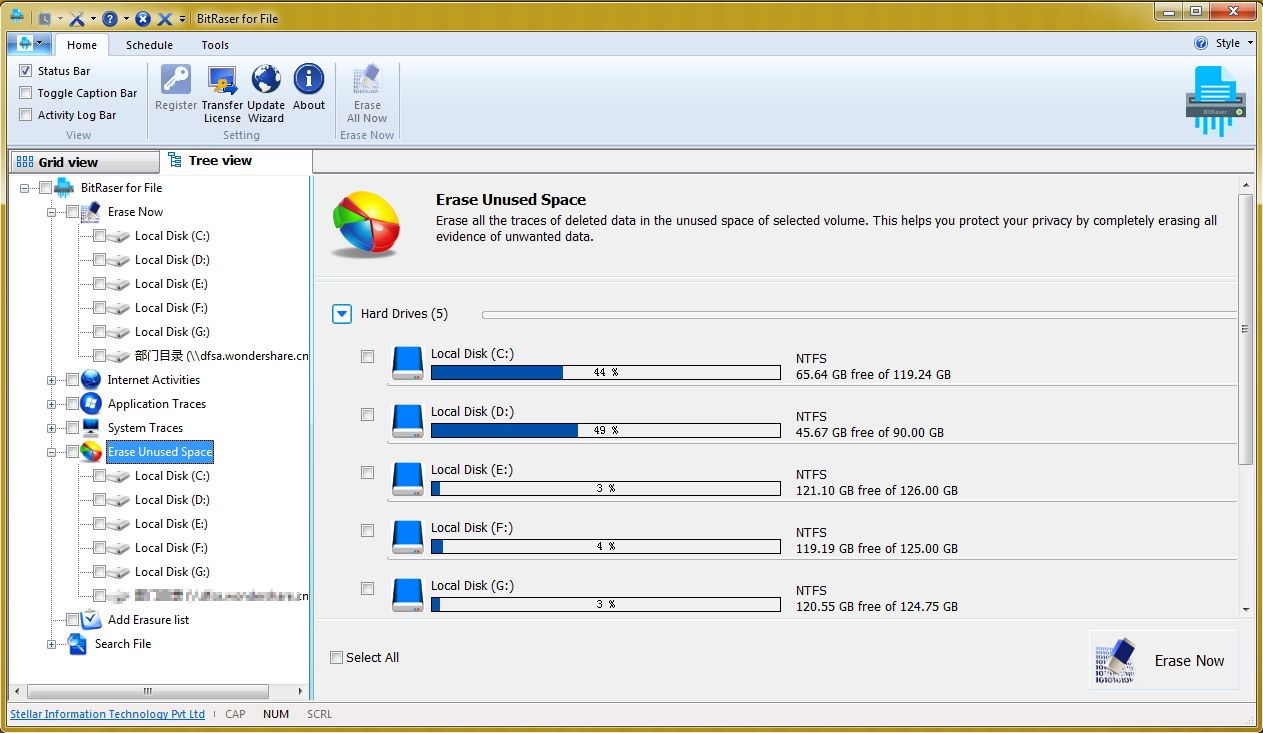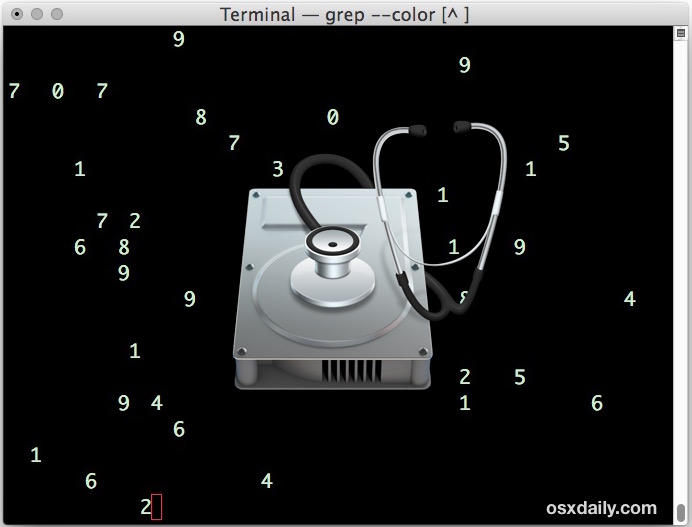
- SECURE ERASE FREE SPACE HOW TO
- SECURE ERASE FREE SPACE FOR MAC
- SECURE ERASE FREE SPACE INSTALL
- SECURE ERASE FREE SPACE PRO
- SECURE ERASE FREE SPACE PROFESSIONAL
SECURE ERASE FREE SPACE PRO
The software erases Unused Spaces (which includes all deleted files and free space) for good on your MacBook Air, iMac, Mac mini, or their Pro models, as well as an external hard drive. Let the secure data erasure software complete the erasure process. On the Confirm Erasure dialog box appears, click Confirm Erase.ĥ. Select the volume to erase unused space, then click Erase.Ĥ. Launch the tool and from the ' Select What To Erase' screen, toggle on Unused Space, then click Next.ģ.
SECURE ERASE FREE SPACE INSTALL
Steps are as follows:ġ.ĝownload and install the 30-day free BitRaser File Eraser tool on your Mac.Ģ.
SECURE ERASE FREE SPACE FOR MAC
BitRaser File Eraser for Mac is one such trustworthy tool that can erase deleted files on Mac permanently with the click of a button. In such a case, you will need a file erasure software. The secure erase operation of Disk Utility or its command-line version diskutil is not useful in case you wish to repurpose your drive or wanted to erase only critical files to prevent their misuse. Erase Deleted Files by Using a Secure File Erasure Software Once the erase operation is over, Quit Terminal. Let the Terminal app erase the drive securely. Either use the Utilities folder or macOS Recovery mode as per relevance.ĭ.ē - Gutmann algorithm 35-pass secure eraseĮ.Ĕ - US DoE algorithm 3-pass secure eraseģ.

Use the command version of Disk Utility (diskutil) in Terminal to secure erase Mac hard drive. Erase Mac Hard Drive by Using Terminalīack up your hard drive's data before working with Terminal. Let Disk Utility erase the hard drive by using security options. On the popup window, specify Name, Scheme, and Format.Ĥ.Ĝlick Security Options, then drag the slider to choose the number of passes to overwrite the erased data. Here replace with the drive identifier and with one of the following number:ģ. From the macOS Utilities window, select Disk Utility, then click Continue.Ģ.Ět command prompt, type diskutil secureErase freespace then hit Return. Release them when the Apple logo appears. Steps are as follows:Ī.ğor non-startup disk or volume, go to Finder > Applications > Utilities > Disk Utility.ī.ğor startup disk, start or restart your Mac, then press-hold Command + R keys. When you are selling, donating, or dumping your old Mac hard drive, back up the drive's data then wipe your drive by using Disk Utility's secure erase feature. Erase Mac Hard Drive by Using Disk Utility

The next section describes a native method to wipe hard drive to remove all files at once and a third-party software method to erase any particular files securely.
SECURE ERASE FREE SPACE HOW TO
So the question arises, how to erase deleted files on Mac so that they can't be recovered by any data recovery software. And, you may suffer from financial loss, identity theft, reputation loss, or business loss.
SECURE ERASE FREE SPACE PROFESSIONAL
This operation occurs when you save any file on the storage drive.Īny malicious user who gains unauthorized access to your Mac or Mac storage drive can use a professional Mac data recovery software to scan the drive based on file signatures and retrieve the marooned files. So, the deleted files remain in an isolated state in the storage disk, ready to be overwritten by other files during the disk write operation. Instead, it marks the files as deleted in the storage drive's file system to speed up the deletion process. In such a case, macOS doesn't remove the deleted files by overwriting the storage space with 0s, 1s, or random bits. That's true if your Mac has SSD with TRIM command enabled, which removes the deleted files during garbage collection.īut when your Mac has a hard drive, hybrid drive, or SSD with TRIM command disabled, the data deletion mechanism is rather different. And, you can't get your deleted files back unless you have a Time Machine backup. When you delete your files on Mac by using the Option + Command + Delete keys or by removing temporarily deleted files directly from Trash or by emptying Trash, you might have the impression that the files are removed permanently from your Mac.


 0 kommentar(er)
0 kommentar(er)
